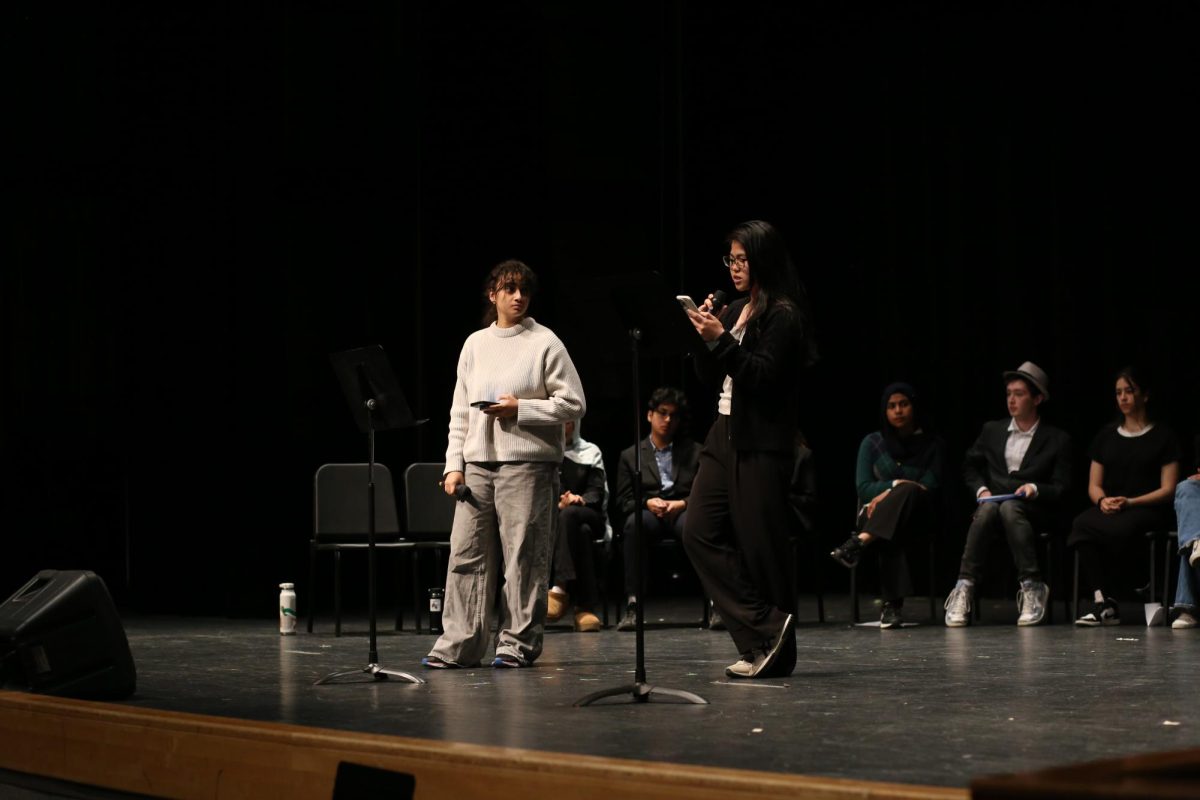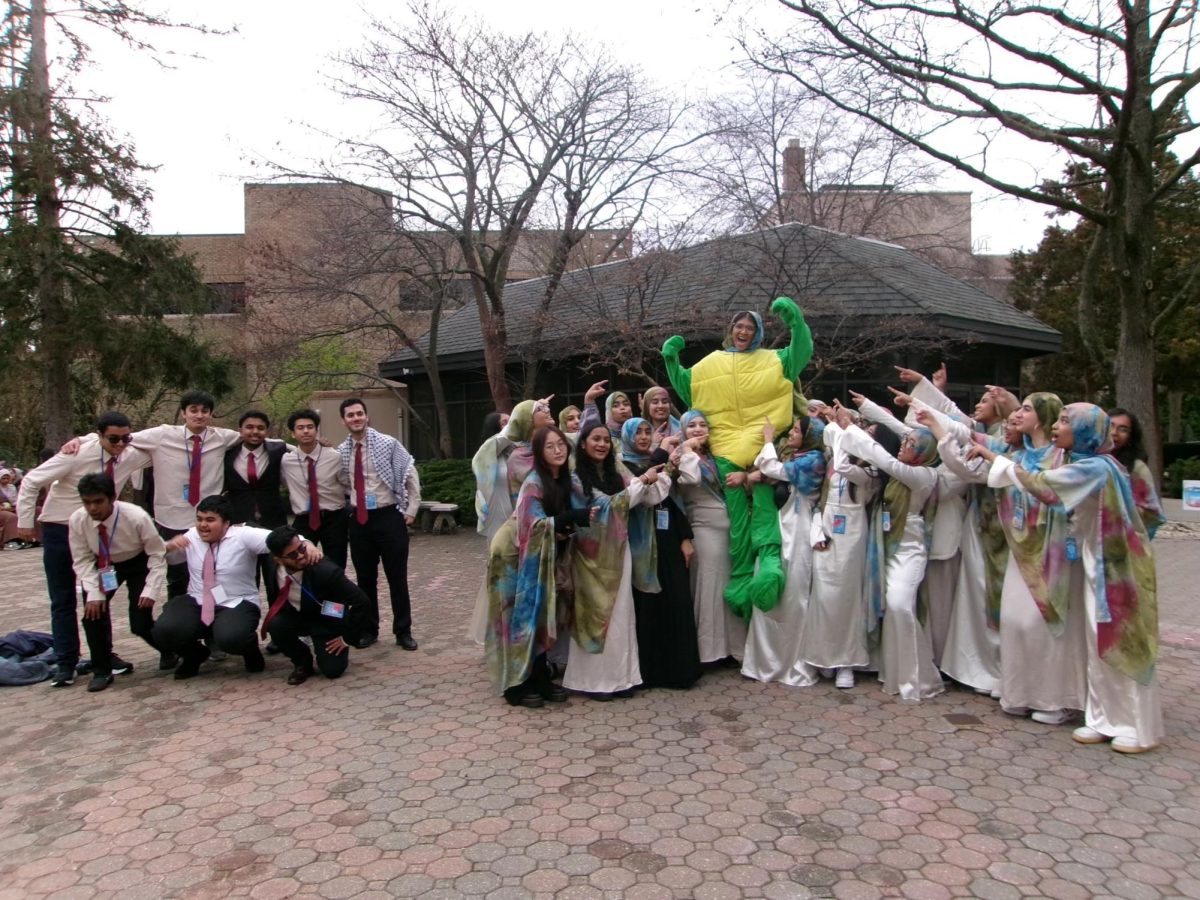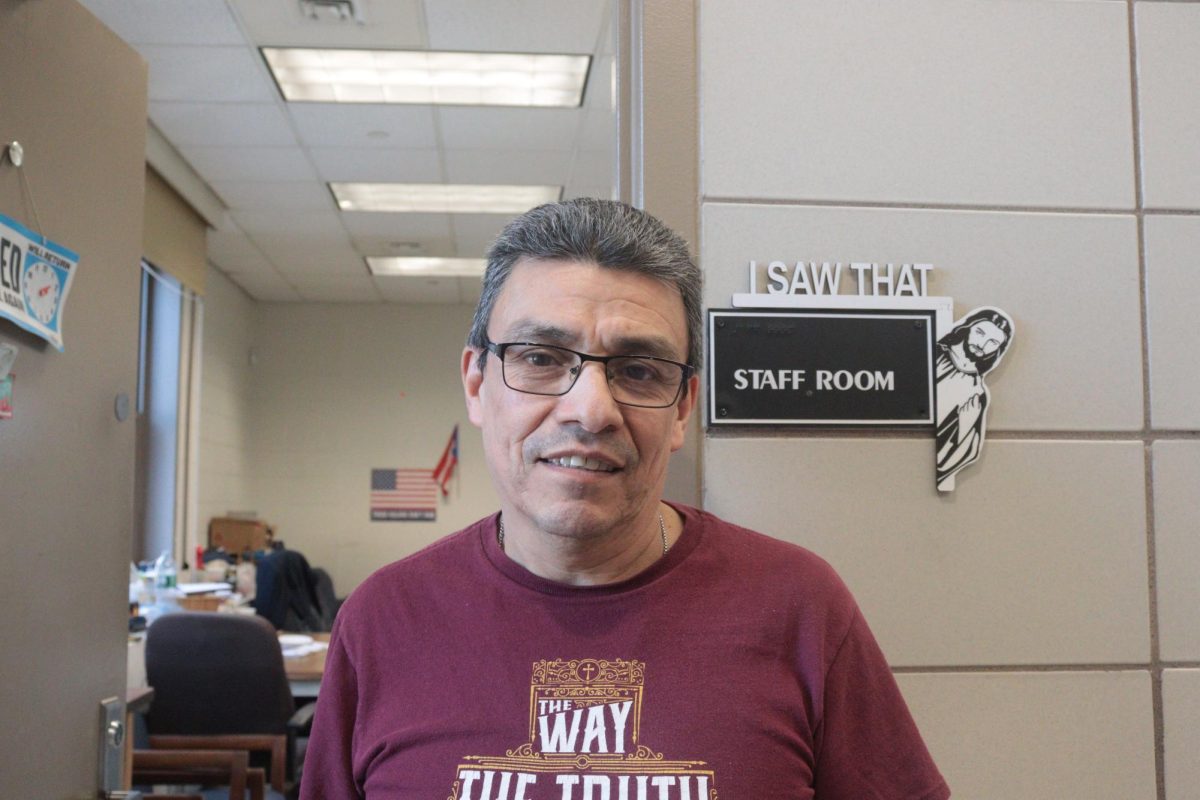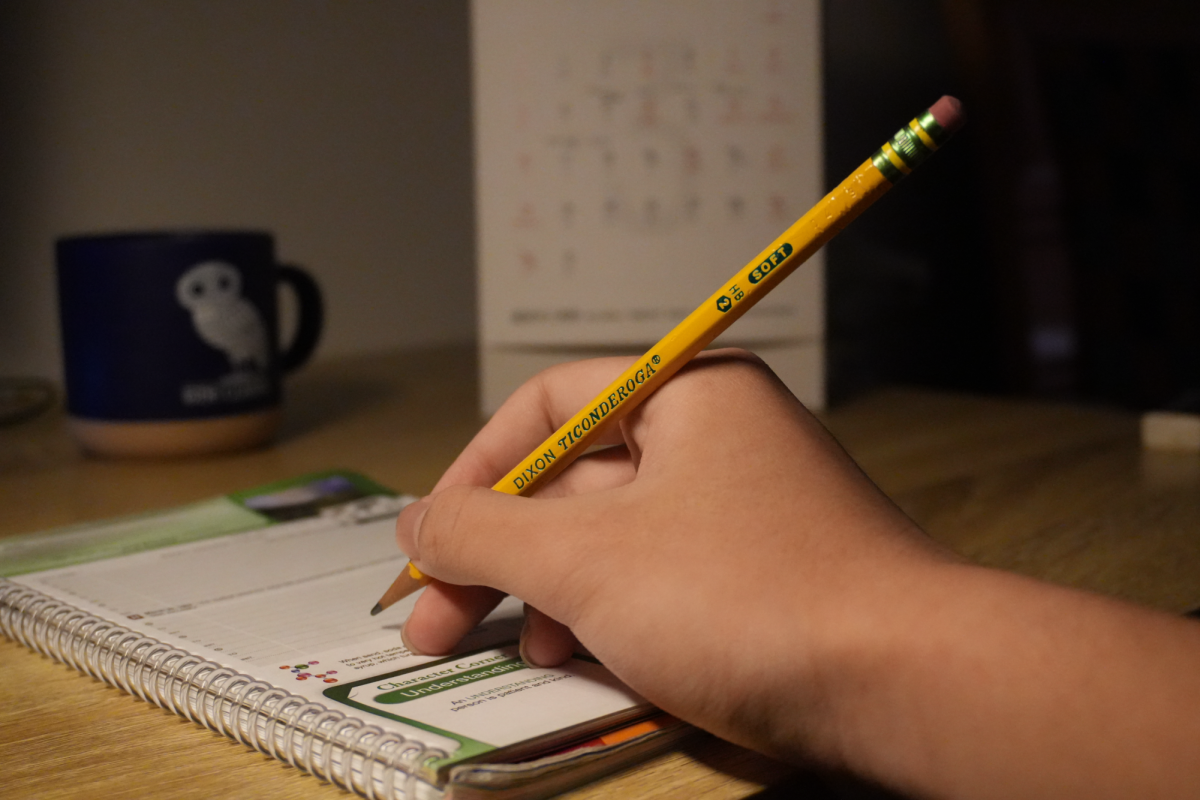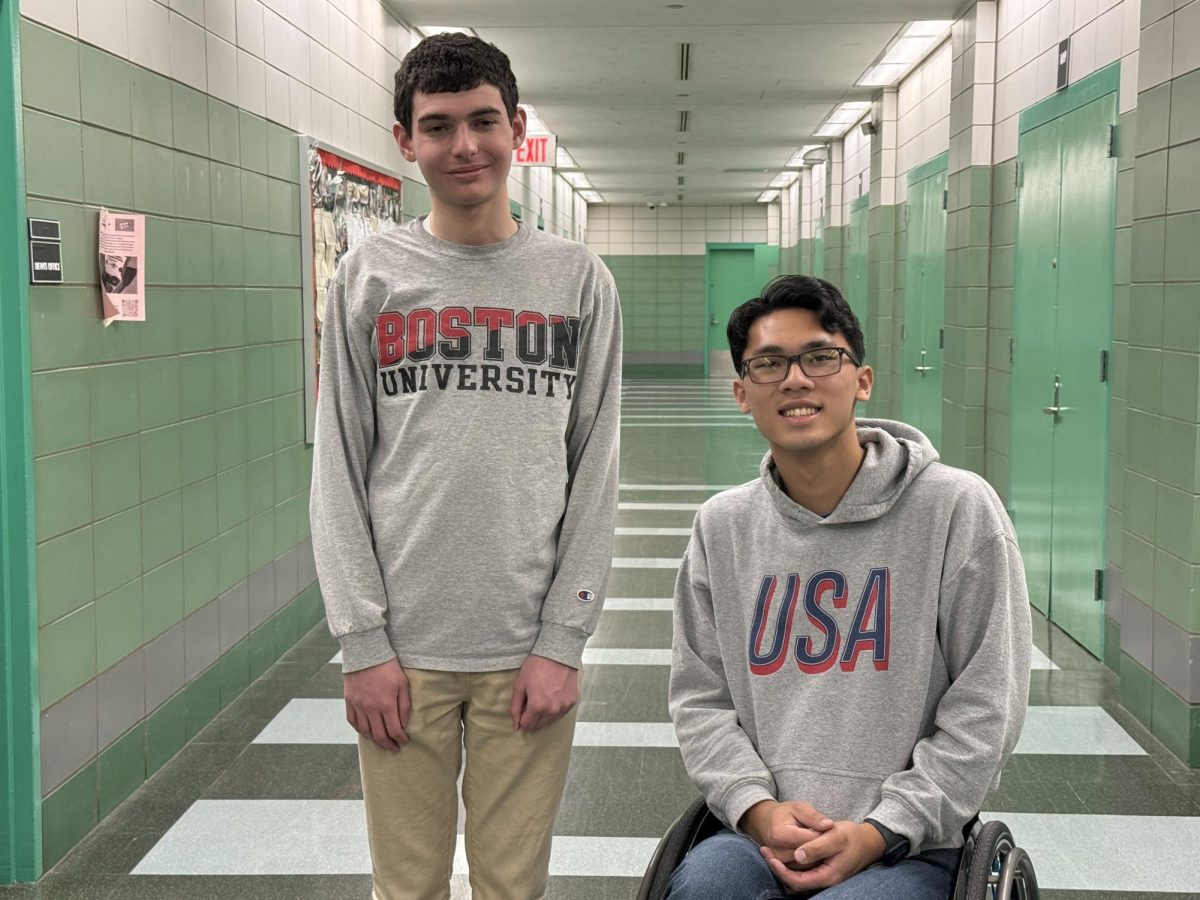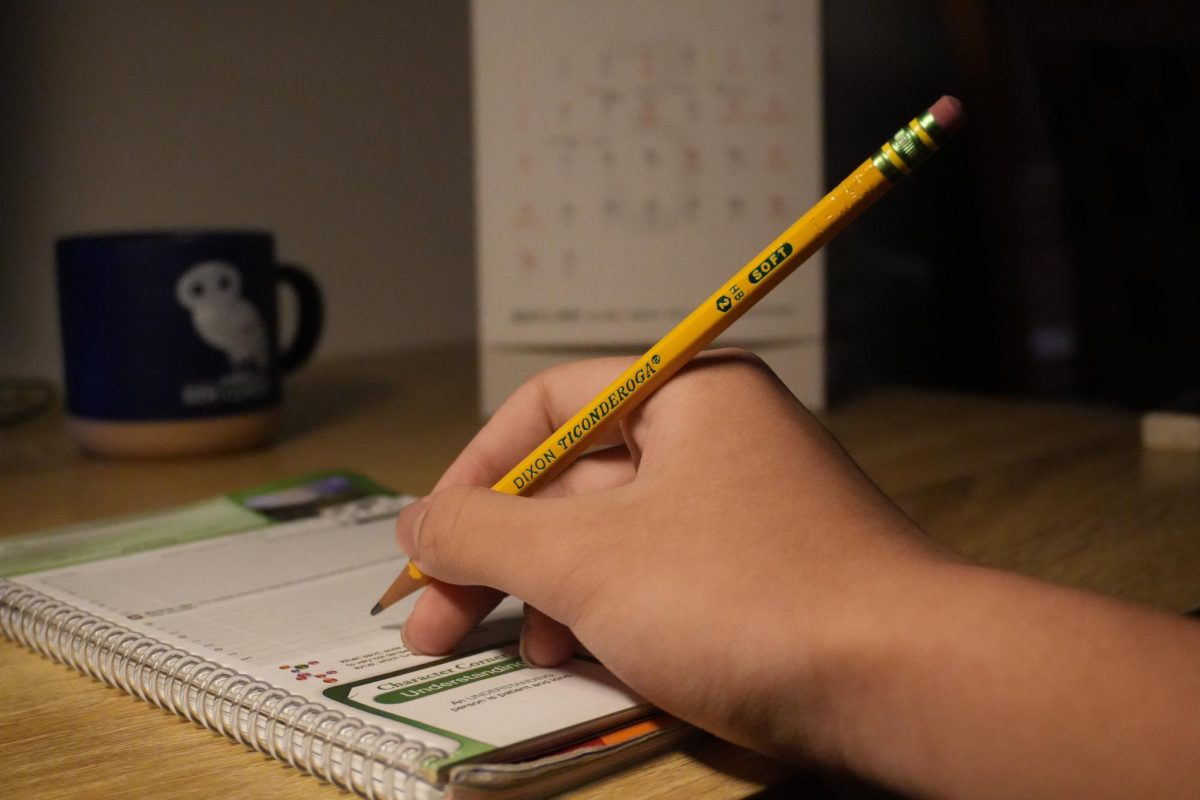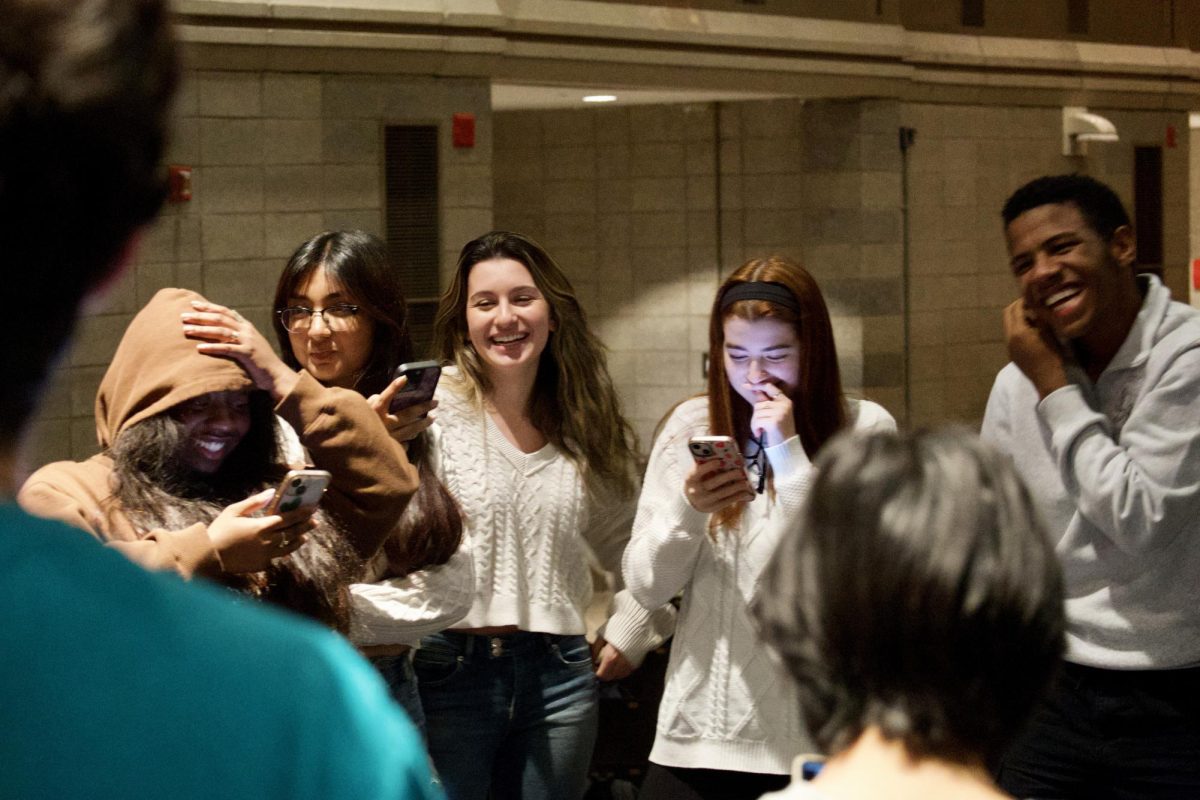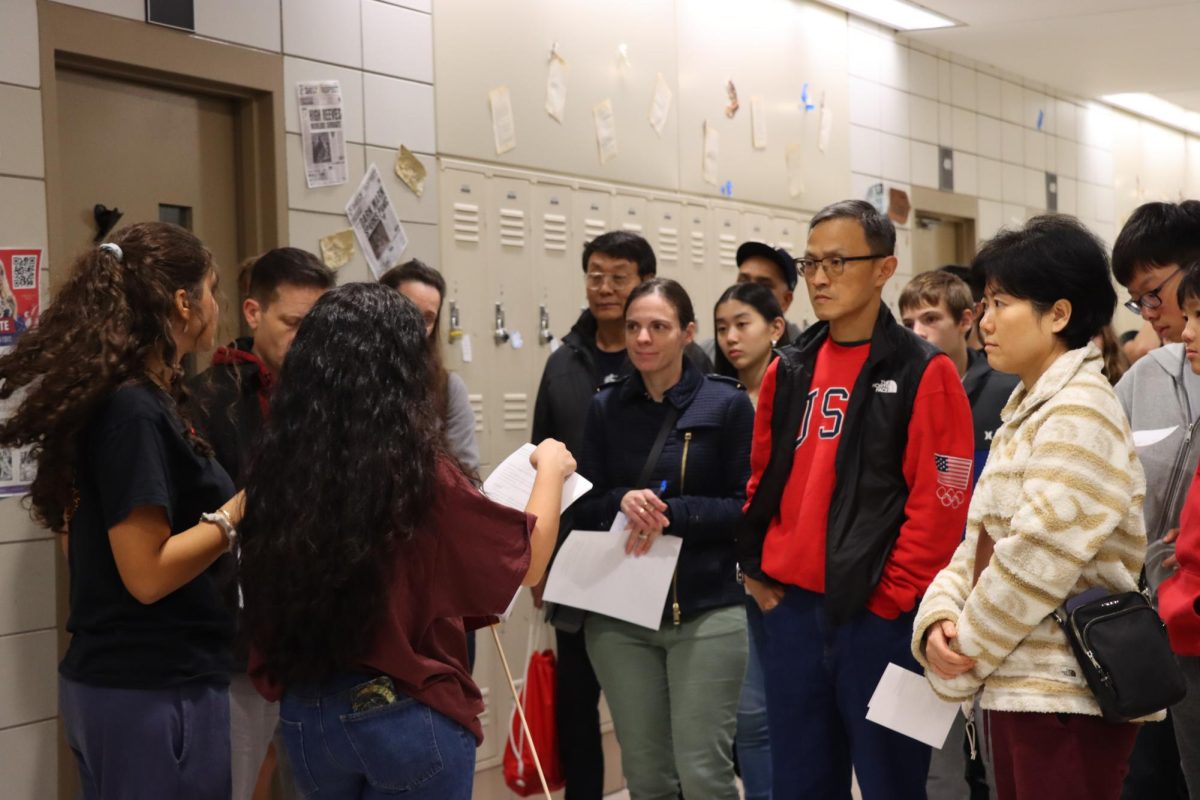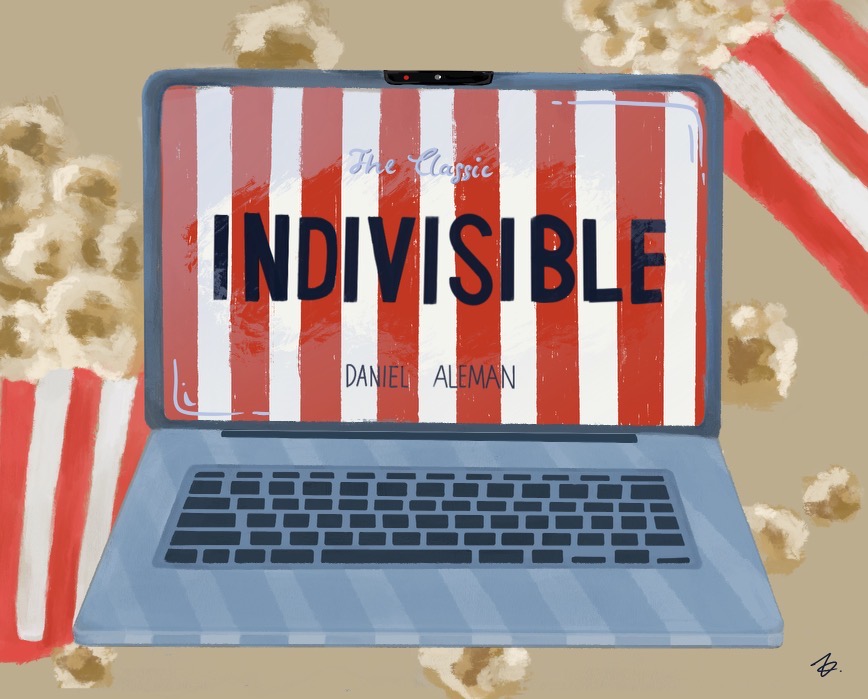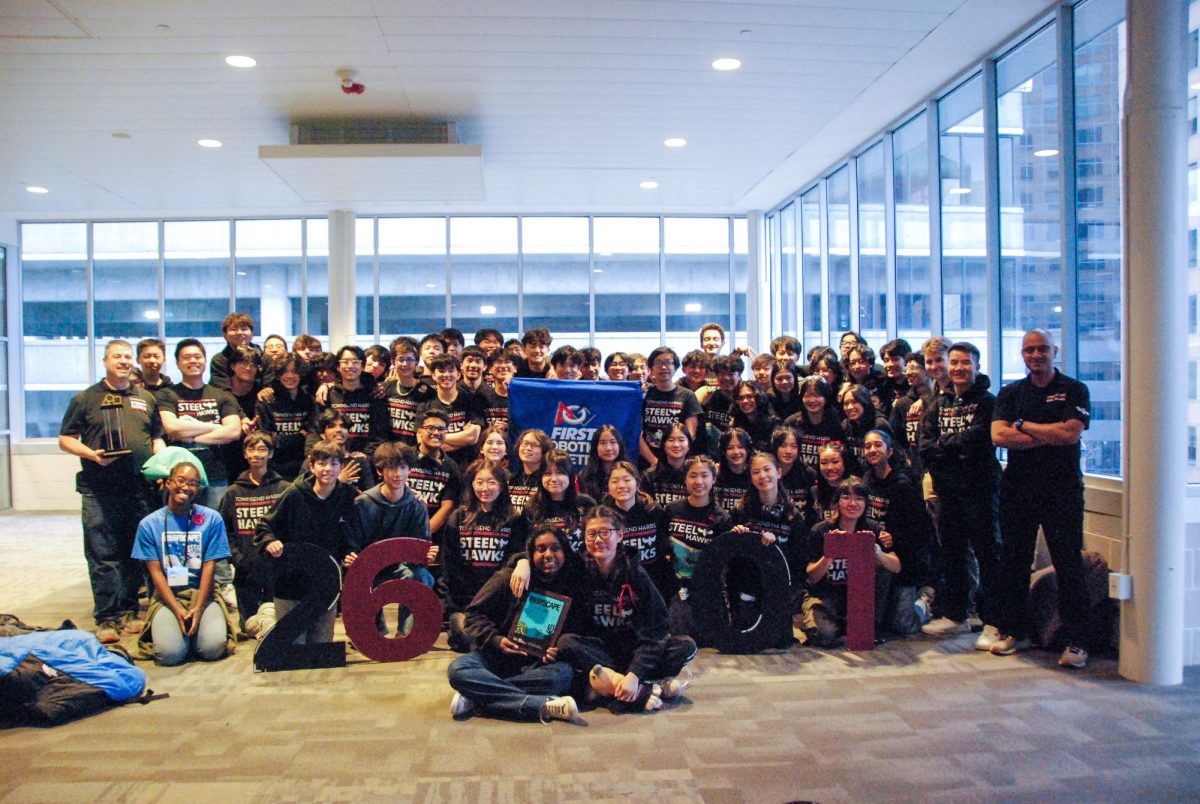
Students were delighted and confused when they wandered into the teachers’ cafeteria in search of a snack and found vending machines stocked with goodies not commonly found in schools. Ranging from potato chips to M&Ms and chewing gum, the new content led to inquiries among the student body.
Despite the speed with which news about the vending machine spread, the change itself was short-lived when it was discovered that the items violated the Department of Education’s nutritional values.
The Department of Education’s (DOE) website provides lengthy lists of items that are approved for selling in schools, as well as specific criteria for the snacks to be sold. Such criteria include a maximum level of fat, sodium content, and number of calories.
The Chancellor’s Regulations were first implemented in 2010, with a list of permitted items less than half a page long. However, over the next four years, popular companies such as Kellogg’s, General Mills, and Frito Lay altered the nutritional value of their products to fit the DOE standards for more widespread sales. With respect to these standards, the new additions to the vending machines did not adhere to these rules.
According to Assistant Principal of Organization Ellen Fee, there had been plans to restrict student access to the teachers’ cafeteria in order to allow staff to spend their lunch breaks there. Once students are unable to walk in and out of the area, the administration is free to stock any vending machines with food, free of limitations.
“I wanted to have meals in the vending machines for teachers,” explained Ms. Fee.
Since the meals weren’t possible, the machines ended up getting filled with other staff-appropriate food and left accidentally in a student accessible area. However, this minor mix-up was corrected within a few days. Now the vending machines in the teachers’ cafeteria are filled with DOE-approved items.


